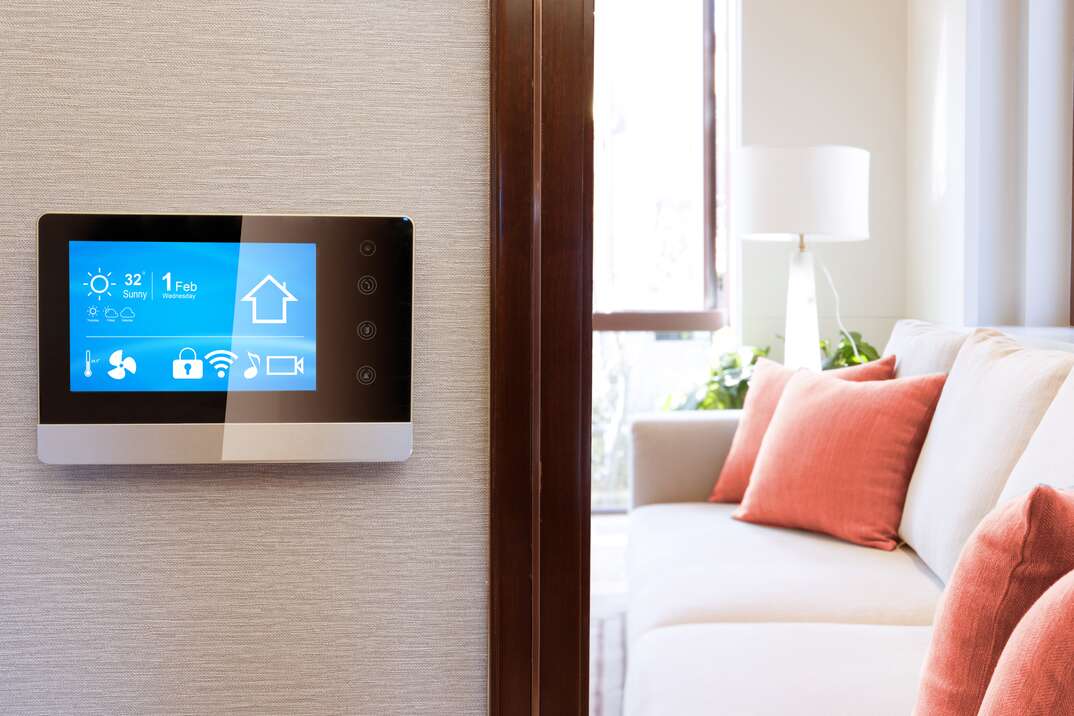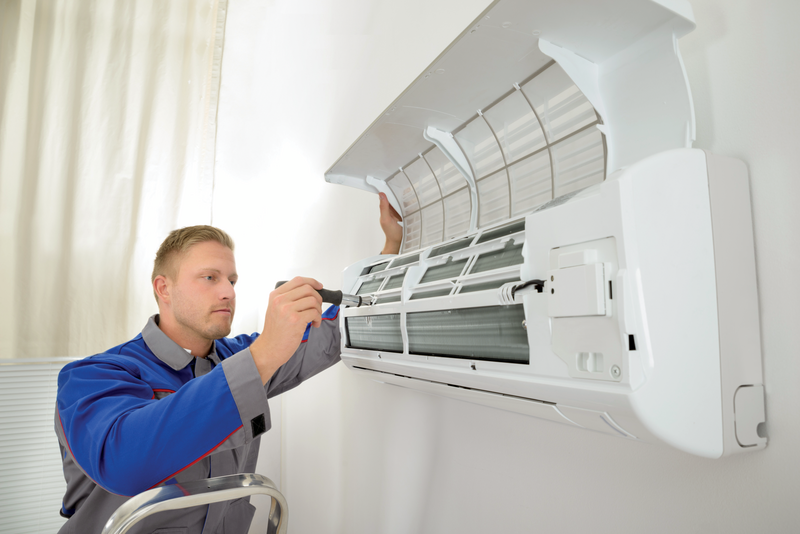Make your life easy and learn these HVAC terms

Are you ready to become a home HVAC terminology pro? The obvious starting point is defining the most important acronym: HVAC stands for heating, ventilation and air conditioning.
You can make better buying decisions and promote the best performance from your systems when you understand HVAC lingo. At the very least, it helps to understand the basics. Here are the HVAC terms you should know:
Air Handler
Part of your home's indoor HVAC system, this unit includes a circulator fan, evaporator and condenser coil. Once the air is cooled or heated, the air handler moves it throughout your home.
Coils
HVAC systems typically have two coils: condenser and evaporator. They use heat transfer to increase or decrease the temperature of the air that passes from the outdoor condenser coil to the indoor evaporator coil.
Compressor
This pump compresses refrigerant and pushes it through the system. By increasing the pressure of the refrigerant gas, the compressor helps the air meet household cooling preferences.
Condenser
The condenser is the outdoor part of an air conditioner or heat pump that releases or collects hot air.
Ductwork
This is the system of metal, fiberboard or synthetic tubes that transports air from your heating and cooling systems throughout your home. When properly installed and well-maintained, ductwork evenly distributes hot or cold air to promote indoor air quality and enhance home comfort.
Filter
HVAC systems use filters to capture dirt, contaminants and other debris to ensure they don't reach the inner workings of the equipment and negatively affect the system's performance. Replace them frequently to prevent clogging, which can lead to poor airflow and decreases in your HVAC system's efficiency.
Heat Pump
This HVAC unit moves heat to help the system achieve desired indoor temperatures. During the winter months, the heat pump absorbs heat and circulates it throughout the air ducts to warm the home. In summer, the heat pump removes hot air from indoors and pushes it outdoors to keep your house cool.
Humidifier
This device adds moisture to the air, which prevents your home from feeling dry and uncomfortable.
Refrigerant
This chemical fluid runs through air conditioners and heat pumps and transfers heat in and out of your home. It boils at a low temperature, which allows it to produce and absorb heat.
Tonnage
A ton is the unit of measurement used to describe the cooling capacity of an air conditioning unit or system.
Ventilator
This device removes stale air from inside your home and replaces it with filtered outdoor air.
Check out these maintenance do's and don'ts that will help you prevent HVAC system issues. Plus, give your central air conditioning and home heating systems regular DIY checkups to help that things continue to run smoothly and efficiently.
Even the most informed and maintenance-savvy homeowners encounter HVAC issues that require a professional's expertise. Being prepared for HVAC issues is always a good idea. Plans from HomeServe can help you deal with the costs of covered repairs.


